Medieval Fashion - Tumblr Posts
Olivia de Havilland as Maid Marian in The Adventures of Robin Hood (1938).
Sophie Marceau as Princess Isabella of France in Braveheart (1995).
Eileen Atkins as Eleanor of Aquitaine in Robin Hood (2010).

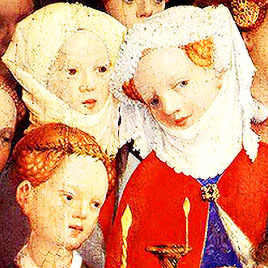

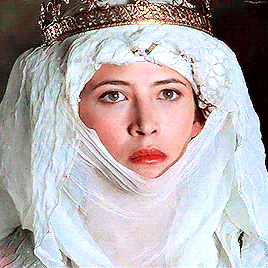
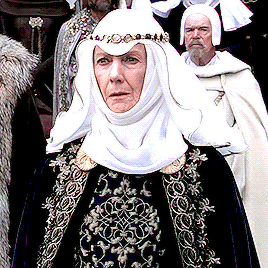
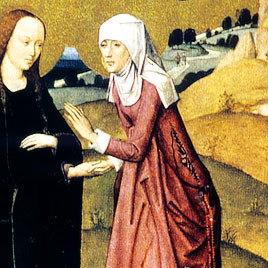
Historical Fashion: Wimples with veils
This headdress was worn for a long period of time during the Middle Ages and was no passing fad. The wimple is a piece of fabric that covers the neck and encircles the head (not to be confused by the Gorget which only covers the neck and does not encircle the head). The look was completed with a veil that covered the head, sometimes unadorned, sometimes with a fillet to hold it in place. According to Encyclopedia Britannica this fashion was brought back to Western Europe from the Middle East due to the Crusades.
The main functions of this headdress were of course to retain a married woman’s (and a widow’s) modesty and to protect their skin and hair from the elements. The proper way to wear a wimple was on (or over) the chin (see top and middle right for examples).
Women in the laity would continue to wear this style and its variations up to the 16th century, thereafter it was mostly worn by women in religious orders.
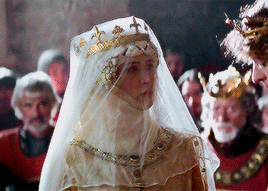
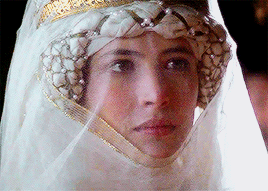
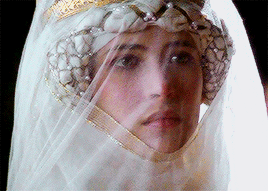
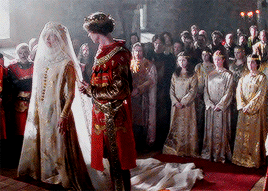
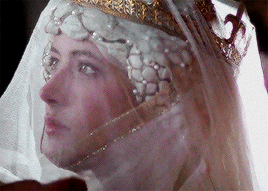
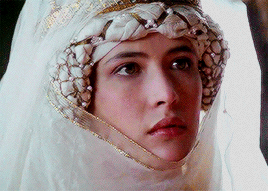
“If Isabella was a mere pawn on the royal marriage market, then so too was her husband. Depicting medieval royal and noble women as unwilling pawns in a game of power politics played by men which has nothing to do with them, however kindly it may be meant, gives a disagreeable impression of fragile, submissive victim hood, which in Isabella’s case at least is entirely unwarranted. Isabella was as well-versed in the game of politics as anyone, and certainly was not a feeble chess-piece maneuvered by the hands of powerful men, anachronistically waling, ‘But I don’t love him!’ when informed that she will marry the future king of England.” – Isabella of France: The Rebel Queen by Kathryn Warner

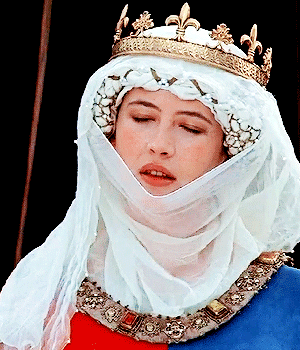
Isabella of France
She is an assortment of everything divine at once.


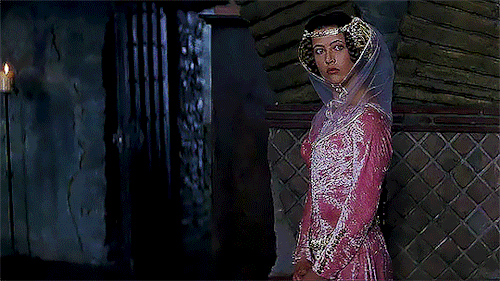
Isabella of France in Braveheart (1995)

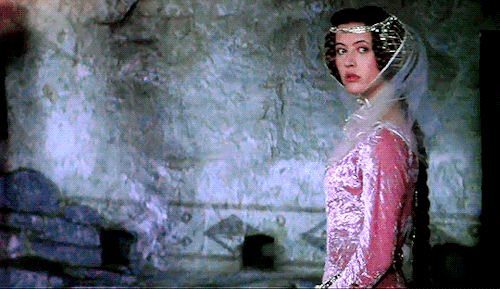
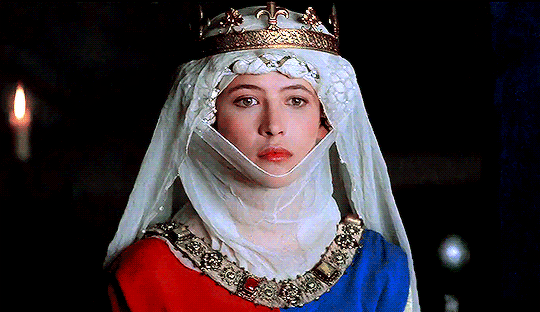

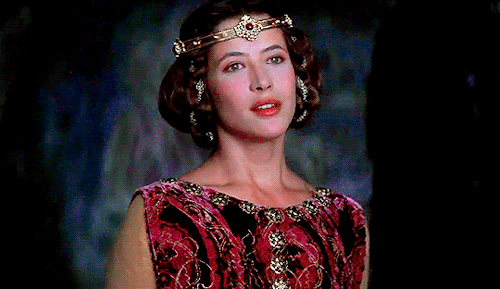
Sophie Marceau as Isabella of France in Braveheart (1995)

13th century Italian bride, from “Medieval fashions” by Tom Tierney

14th century English king and Page, from “Medieval fashions” by Tom Tierney

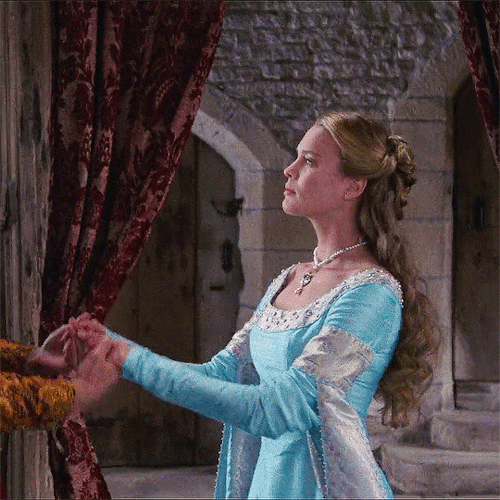
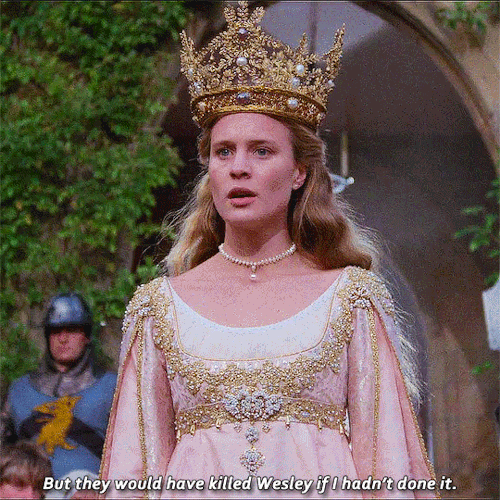
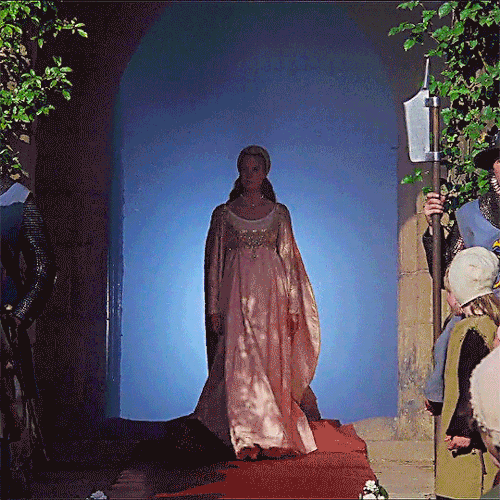
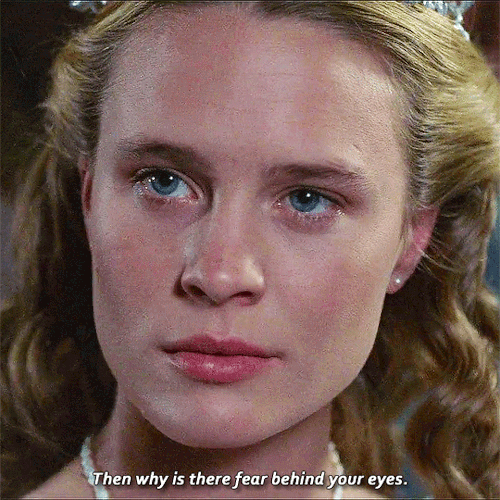
Robin Wright as Buttercup THE PRINCESS BRIDE (1987) dir. Rob Reiner
The Color of Armor
The ever present image of the knight in popular imagination is the mounted warrior in shining armor. If you've followed this blog for any length of time, you may know that I'm fond of taking popular misconceptions of the middle ages and dashing them to the ground, however you can rest assured that this particular trope isn't inaccurate. Not entirely.
But what color was armor? We certainly have innumerable artifacts

(Milan, ca. 1400, KHM)
and period depictions of fighting men wearing brilliant polished steel,

(France, 1350-1355, Works of Guillaume de Machaut)
more than enough to say for certain that people in the middle ages did wear polished steel on the field of battle, however this wasn't the only color represented.
Delving into the manuscripts and looking at extant pieces, we see a wealth of colors available, from bluing

(Augsburg, before 1560, KHM)
to russeting

(Milan, 1495, KHM)
to blackening.

(Dutch, 1490-1495, KHM)
In manuscripts, russeting

(France, 1350, Roman de la Rose)
and blackening

(Vienna, 1448, Bibelparaphrase)
seem to be particularly prevalent.
However, one must be cautious when dealing with manuscripts. In particular, there was a convention in illuminated manuscripts of using silver leaf to make metallic weapons pop and shine brightly. Given time however, this silver will tarnish, and turn black, giving the appearance of black armor to what was originally meant to be bright and shiny, as illustrated below.

(France, 1350-1360, Roman de la Rose)
It is often easy to distinguish if this is the case if the weapons in the scene also appear black, or if the black armor appears smudged and blurry, both as in the above image.
Gilding is another particularly popular style of armor decoration, most often used as a form of accent to white or black armor in the middle ages.

(Hagenau, 1443-1446, Parzival)
Part 1/2

